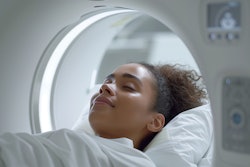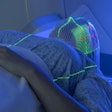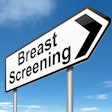More in Home
Dark-field radiography improves detection of pneumothorax
December 18, 2025
Podcast: No Surprises Act IDR needs corrective action
December 18, 2025
Dynamic chest radiography effective for diagnosing COPD
December 16, 2025
Study reports low NSF rates following GBCA administration
December 16, 2025
CEUS finds residual liver cancer after downstaging therapy
December 16, 2025
Venture capital investment rising in radiology
December 15, 2025
Proton therapy effective for patients with oropharyngeal cancer
December 15, 2025
SBI: WISDOM trial is 'contaminated and underpowered'
December 15, 2025
Page 1 of 191
Next Page























